Kit I didn't appreciate until I used it
When I began to start cycling more seriously a few years ago, I looked at some items of cycling kit and had the opinion 'what's the point'. But after using said items, my opinion changed somewhat. Here are 5 items that I didn't really appreciate until I used.
Gilet
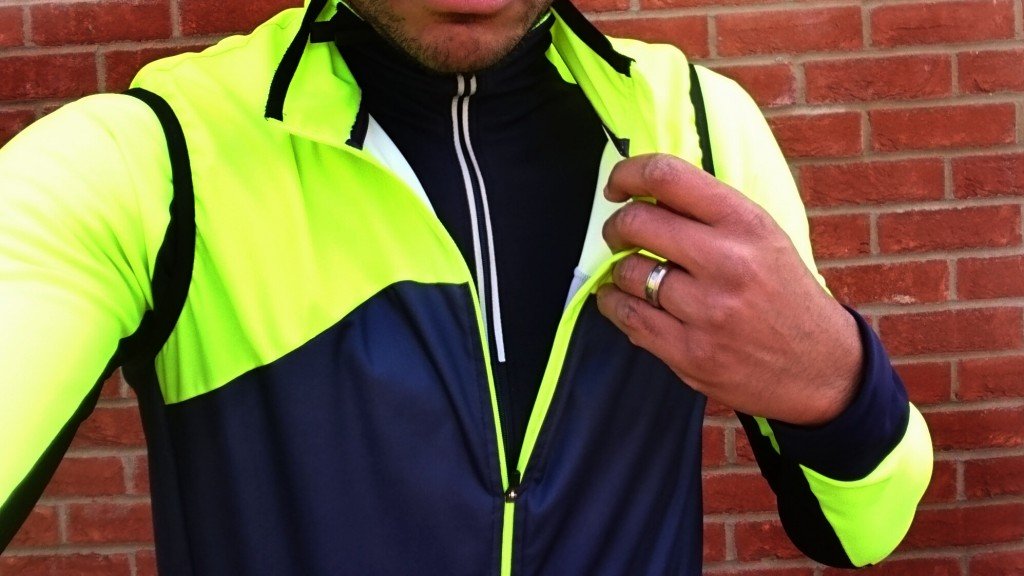 Lightweight, breathable, packable, windproof, often water resistant and sometimes waterproof. The Gilet (or vest depending on where you ride) a highly versatile piece of kit. It's not jacket so it won't give you the same level of protection from the elements as a full jacket - but it is excellent for taking the chill off the upper-body when riding, without the risk of over-heating. The material is commonly Nylon or Polyester but some Softshell styles will include Spandex. The Gilet is a garment that is not to be sniffed at.
Lightweight, breathable, packable, windproof, often water resistant and sometimes waterproof. The Gilet (or vest depending on where you ride) a highly versatile piece of kit. It's not jacket so it won't give you the same level of protection from the elements as a full jacket - but it is excellent for taking the chill off the upper-body when riding, without the risk of over-heating. The material is commonly Nylon or Polyester but some Softshell styles will include Spandex. The Gilet is a garment that is not to be sniffed at.
Arm / Leg Warmers
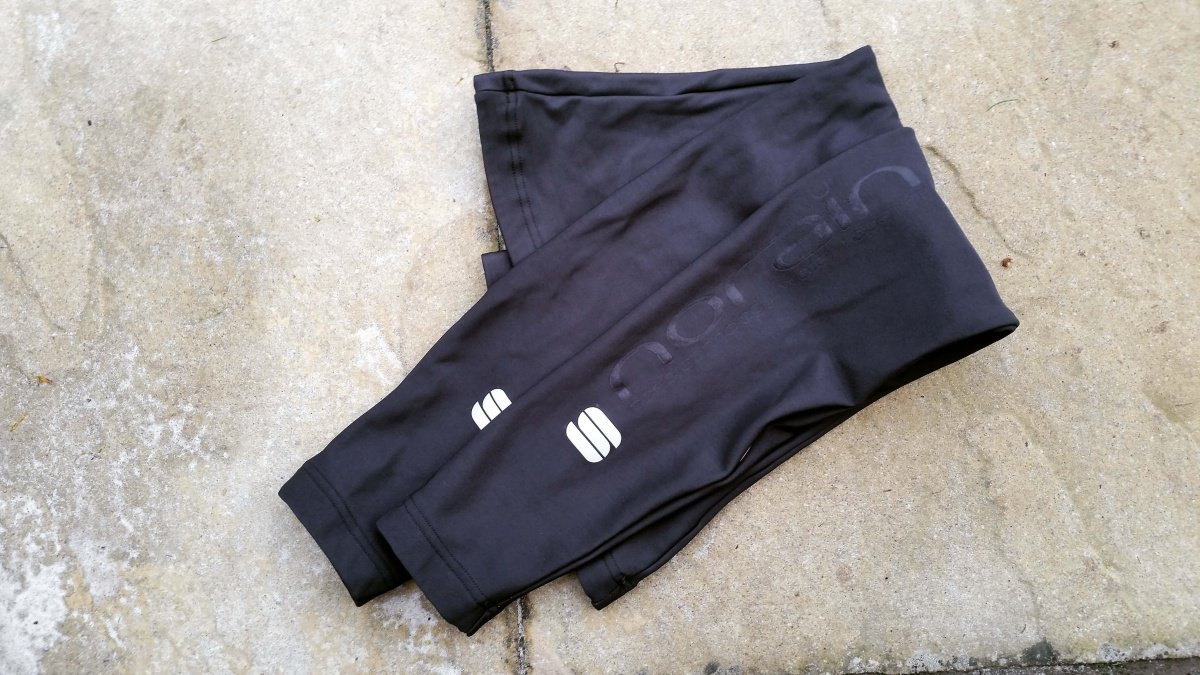 Warmers are more often worn in what we like to call the 'turn seasons', or as most people say, Spring and Autumn. There are really 3 kinds of 'warmers' that are commonly used - legs, arms and knee warmers. They are designed to be worn with shorts and short sleeve jerseys. They can be a simple Lycra (Spandex) construction which are ideal when the weather is cool. Alternatively you can opt for a Roubaix (fleece lined) style which are more suited to colder rides. Some manufacturers even make water repellent warmers that allow light showers to bead off of the surface. Warmers usually have a silicone gripper at the top to prevent them slipping down and some come with zips at the ankle to make them easier to put on/take off.
Warmers are more often worn in what we like to call the 'turn seasons', or as most people say, Spring and Autumn. There are really 3 kinds of 'warmers' that are commonly used - legs, arms and knee warmers. They are designed to be worn with shorts and short sleeve jerseys. They can be a simple Lycra (Spandex) construction which are ideal when the weather is cool. Alternatively you can opt for a Roubaix (fleece lined) style which are more suited to colder rides. Some manufacturers even make water repellent warmers that allow light showers to bead off of the surface. Warmers usually have a silicone gripper at the top to prevent them slipping down and some come with zips at the ankle to make them easier to put on/take off.
Cycling Cap / Rain Cap
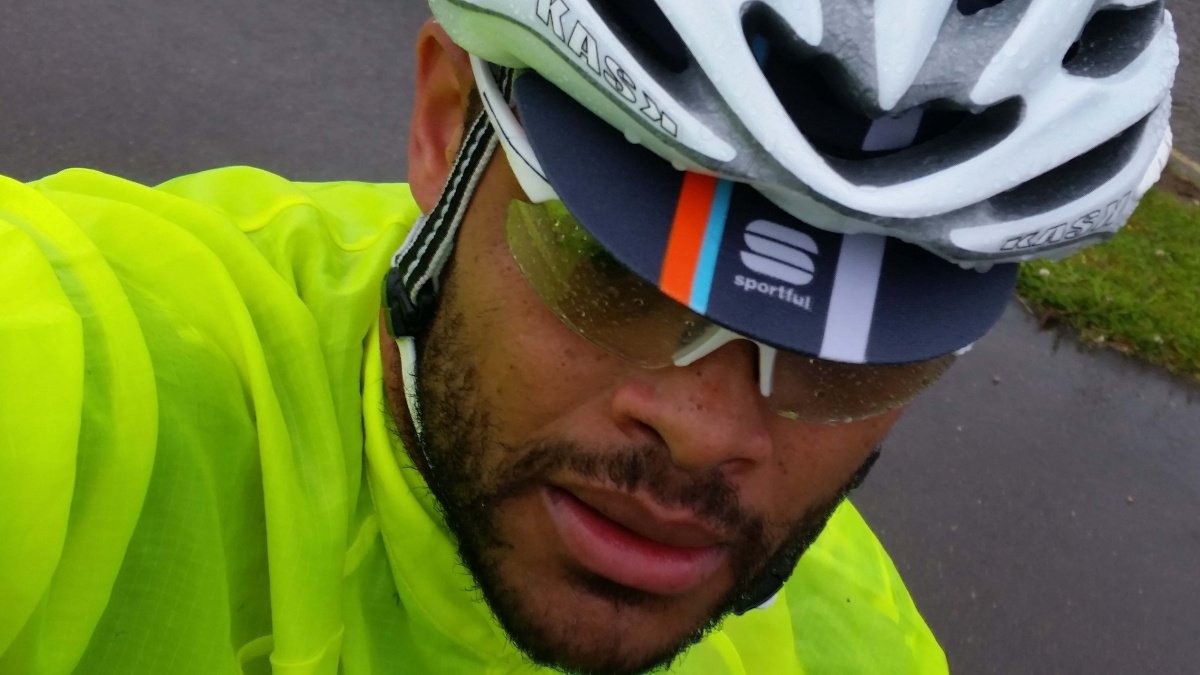 We LOVE our cycling caps (or as the French would say - Casquette). Doesn't matter what the weather is, 9 times out of 10 - one will be worn during a ride. The Casquette (French again) was a common site in professional racing through the 60's, 70's and 80's - but saw them being used less when the UCI made helmets compulsory in 2003. The cycle cap is a true all-rounder. Traditionally made from cotton, modern caps are also made from Polyester or Nylon, with some even designed to be waterproof as well as lightweight and breathable. The small peak offers protection from the sun's glare on a warmer day and the rain on a wet day. Some brands make winter caps which are extended to cover the riders ears. One of the best things is that cycling caps come in a massive range of designs and colours can even be customised to your own specification.
We LOVE our cycling caps (or as the French would say - Casquette). Doesn't matter what the weather is, 9 times out of 10 - one will be worn during a ride. The Casquette (French again) was a common site in professional racing through the 60's, 70's and 80's - but saw them being used less when the UCI made helmets compulsory in 2003. The cycle cap is a true all-rounder. Traditionally made from cotton, modern caps are also made from Polyester or Nylon, with some even designed to be waterproof as well as lightweight and breathable. The small peak offers protection from the sun's glare on a warmer day and the rain on a wet day. Some brands make winter caps which are extended to cover the riders ears. One of the best things is that cycling caps come in a massive range of designs and colours can even be customised to your own specification.
Base Layer
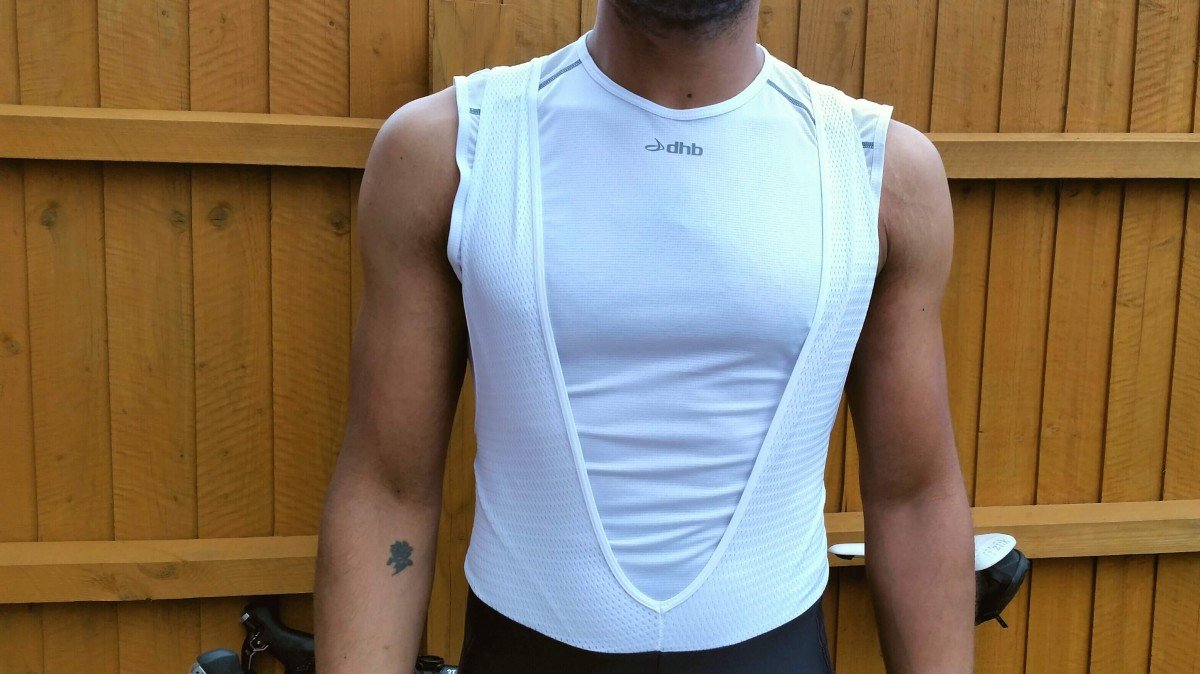 Many riders wear base layers as an additional layer in the winter to keep them warm. Winter base layers come in long and short sleeve options and often male or female specific. Our first rule of winter clothing is 'get a decent base layer'! Something that is thermal but still breathable and wicks moisture is a good idea. Even in the winter the body still sweats when exercising but because of the cold air, the body temperature will drop much quicker - especially in wet clothing. But not many riders think of wearing a base layer in warmer temperatures. This type of base layer is usually lighter in it's construction and quick drying. The material is designed to wick the sweat away from the body and dry quickly - keeping the body cool.
Many riders wear base layers as an additional layer in the winter to keep them warm. Winter base layers come in long and short sleeve options and often male or female specific. Our first rule of winter clothing is 'get a decent base layer'! Something that is thermal but still breathable and wicks moisture is a good idea. Even in the winter the body still sweats when exercising but because of the cold air, the body temperature will drop much quicker - especially in wet clothing. But not many riders think of wearing a base layer in warmer temperatures. This type of base layer is usually lighter in it's construction and quick drying. The material is designed to wick the sweat away from the body and dry quickly - keeping the body cool.
Toe Covers
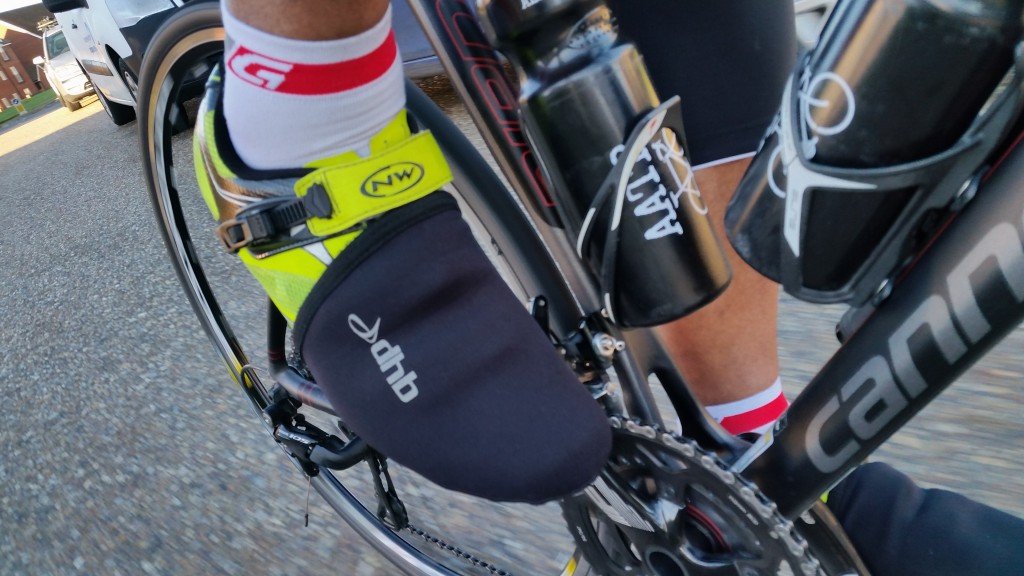 This is a good one. Toe covers may seem a bit pointless at first glance but if you find the right pair - they are marvelous. Don't get them mistaken for overshoes that cover your whole cycling shoe and are often waterproof. Toe covers are exactly what they say they are. If you were cycling shoes with mesh panels in the toes, you will know how cold you toes can get when riding on cooler days. These neat little pieces of kit slip over the end of you shoes and have a hole for your cleats. Material varies but is usually a Neoprene or Polyester so even on a wet day, your toes will stay warm.We're not saying that you should rush out an buy these or any other pieces of cycling kit. But if you have ever wondered why some riders wear what they do or if you should invest in a certain piece of kit - hopefully this helps.Ride Safe.
This is a good one. Toe covers may seem a bit pointless at first glance but if you find the right pair - they are marvelous. Don't get them mistaken for overshoes that cover your whole cycling shoe and are often waterproof. Toe covers are exactly what they say they are. If you were cycling shoes with mesh panels in the toes, you will know how cold you toes can get when riding on cooler days. These neat little pieces of kit slip over the end of you shoes and have a hole for your cleats. Material varies but is usually a Neoprene or Polyester so even on a wet day, your toes will stay warm.We're not saying that you should rush out an buy these or any other pieces of cycling kit. But if you have ever wondered why some riders wear what they do or if you should invest in a certain piece of kit - hopefully this helps.Ride Safe.

